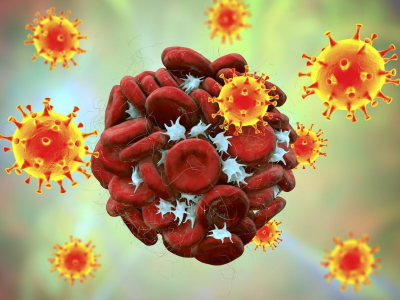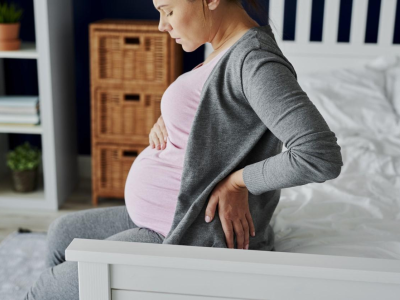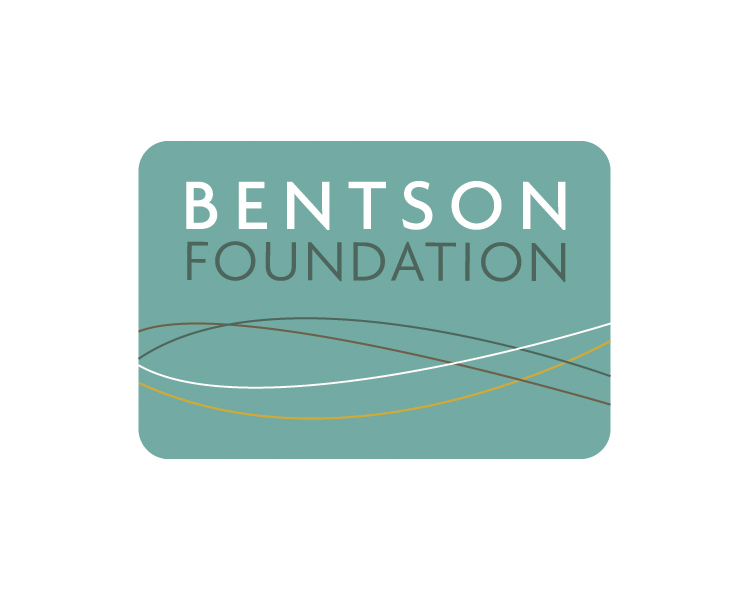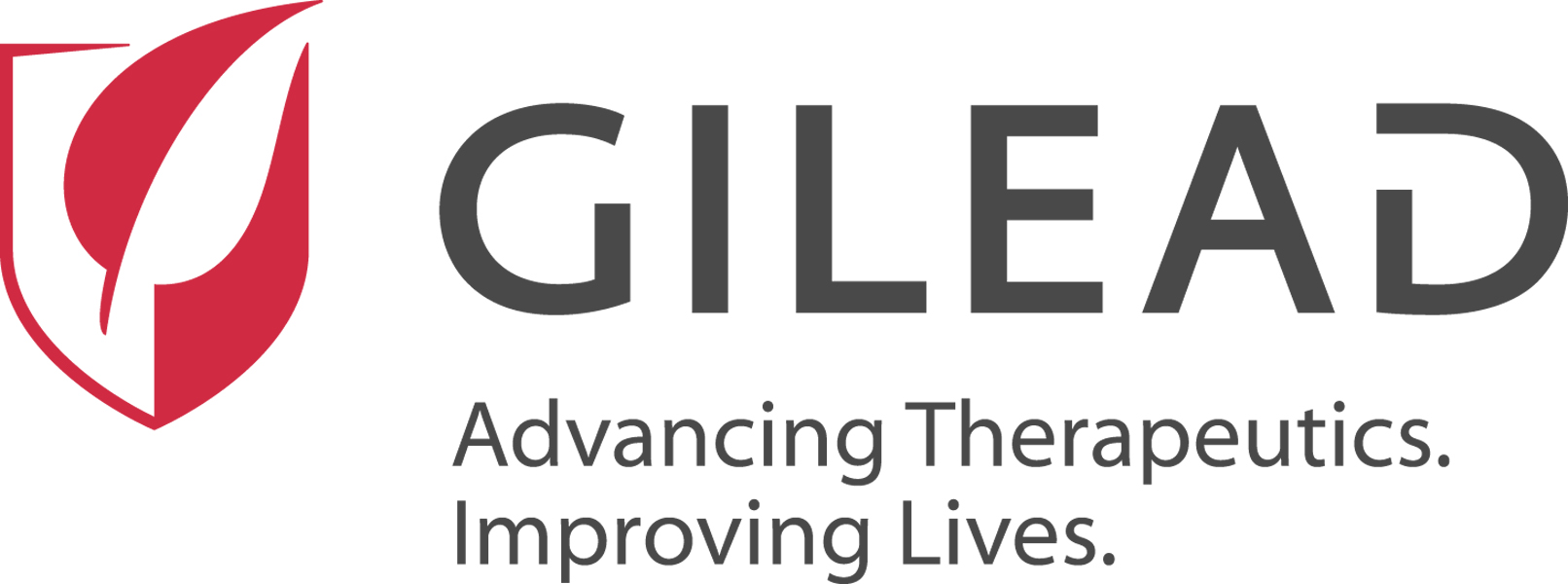- The US Centers for Disease Control and Prevention (CDC) recently posted a level 2 travel notice due to a chikungunya outbreak in China’s Guangdong province, located in the southern part of the country. The CDC said most cases of the mosquito borne disease have been reported from the city of Foshan. It urged travelers to take extra precautions, including avoiding mosquito bites and getting immunized with one of two chikungunya vaccines that are approved in the United States. It urged pregnant women to reconsider travel to the affected area, especially those who are close to delivery, given the risk of passing the virus to the baby. The CDC has two similar chikungunya advisories for other parts of the world experiencing outbreaks, including those the Indian Ocean region and Bolivia’s Santa Cruz department.
- Mexico’s health ministry has reported a death from New World screwworm, which involves an 86-year-old woman from the city of Candelaria in Campeche state, according to the latest epidemiological bulletin. The disease is spread by the fly Cochliomyia hominivora, which deposits larvae that burrow into the flesh of livestock, wildlife, pets, and sometimes people, causing severe damage. A local media report said the woman had been hospitalized since May with skin lesions complicated by myiasis. Mexico has reported 35 human cases this year, mostly from Chiapas state. Mexico and partners in the United States have been battling a recent northward spread of the fly, and a recent detection 370 miles from the US border prompted the US Department of Agriculture to reimpose a block on livestock imports at the southern border to protect the US livestock trade.
- The New York City Health Department (NYC Health) yesterday reported 36 more Legionnaire’s disease infections, along with 1 more death, in a Central Harlem outbreak. The total in the outbreak, which was first announced in late July, now stands at 58 cases, 2 of them fatal, according to an update on X. NYC Health added that remediation has now been completed on 11 cooling towers that initially screened positive for Legionella pneumophila, a type of bacteria that causes Legionnaires’ disease.
Quick takes: Chikungunya travel notice, New World screwworm death in Mexico, NYC Legionnaire’s cases rise
Raw milk linked to 21 E coli, Campylobacter infections in Florida

Twenty-one people in northeast and central Florida have been sickened by Escherichia coli and Campylobacter bacteria linked to consumption of raw milk, with seven requiring hospitalization, the Florida Department of Health (Florida Health) said yesterday.
Department officials said the 21 Campylobacter and shiga toxin–producing E coli (STEC) infections are linked to raw milk from a particular farm, though it did not name the farm.
"Sanitation practices in this farm are of particular concern due to the number of cases," Florida Health said in a news release. Although it is illegal to sell raw milk for human consumption in Florida, state law does allow for it to be sold as pet or animal food, which the department says limits regulation of sanitary practices.
Six of the 21 case-patients are children under the age of 10, and severe complications have been reported for at least 2 cases.
Higher risk for young kids, pregnant women, elderly
Campylobacter and STEC are among the bacterial pathogens that can be found in raw, unpasteurized milk, along with Salmonella, Listeria, and Brucella. From 2009 through 2021, a total of 143 enteric disease outbreaks confirmed or suspected to be associated with consumption of raw milk were reported to the Centers for Disease Control and Prevention. Pasteurization destroys potentially harmful bacteria.
Bacterial infections linked to raw milk consumption typically cause gastrointestinal symptoms (including vomiting, diarrhea, and stomach cramps), but STEC can also cause hemolytic uremic syndrome, which can result in kidney failure.
"Groups at higher risk for severe illness include infants and young children, pregnant women, elderly individuals, and those with weakened immune systems," Florida Health said.
Combo antiviral treatment benefits high-risk patients battling severe flu
Patients hospitalized with severe flu infections and who have high-risk underlying health conditions benefit from combination treatment of baloxavir and a neuraminidase inhibitor (NAI) compared to a NAI alone, researchers from Beijing reported recently in a post-hoc analysis of data from an earlier key trial that looked at combination therapy in the general severe flu population.

The authors, who recently published their findings in Open Forum Infectious Diseases, said the findings are notable, because earlier clinical studies have not found advantages for the combination therapy in hospitalized flu patients overall. Baloxavir marboxil, an endonuclease inhibitor, has a different mechanism of action than NAIs.
For the study, they analyzed a subgroup of 143 patients hospitalized with severe flu who had at least one high-risk underlying condition, which included immunosuppression, diabetes, or chronic lung disease. Of those, 92 received baloxavir along with an NAI (dual therapy) and 51 who received just an NAI (monotherapy). The team’s endpoints were time to clinical improvement (TTCI), 28-day mortality, virological outcomes, and safety.
Significant reduction in deaths
They found that though the TTCI did not vary significantly between the groups, it was shorter in those infected with influenza A H3N2. Older people and those with underlying health conditions are known to be at increased risk from H3N2 complications.
Notably, the dual therapy group had significantly lower 28-day mortality compared to their monotherapy peers, and dual therapy was associated with a shorter viral shedding time, along with a significantly greater reduction in the adjusted mean change in virus titer from baseline to day 2. The rate of serious adverse events was similar between the two groups.
“Severe patients with high-risk conditions infected with influenza H3N2 may benefit most from dual antiviral therapy with baloxavir and NAI,” the group wrote. “However, due to the underpowered sample size in the viral subgroups, no definitive conclusions can be drawn.” They also noted that for the high-risk group with severe flu, mortality could be a more suitable endpoint for gauging the efficacy of dual therapy.
Study: Rapid nasal-swab test cuts anti-MRSA antibiotic use in pneumonia patients
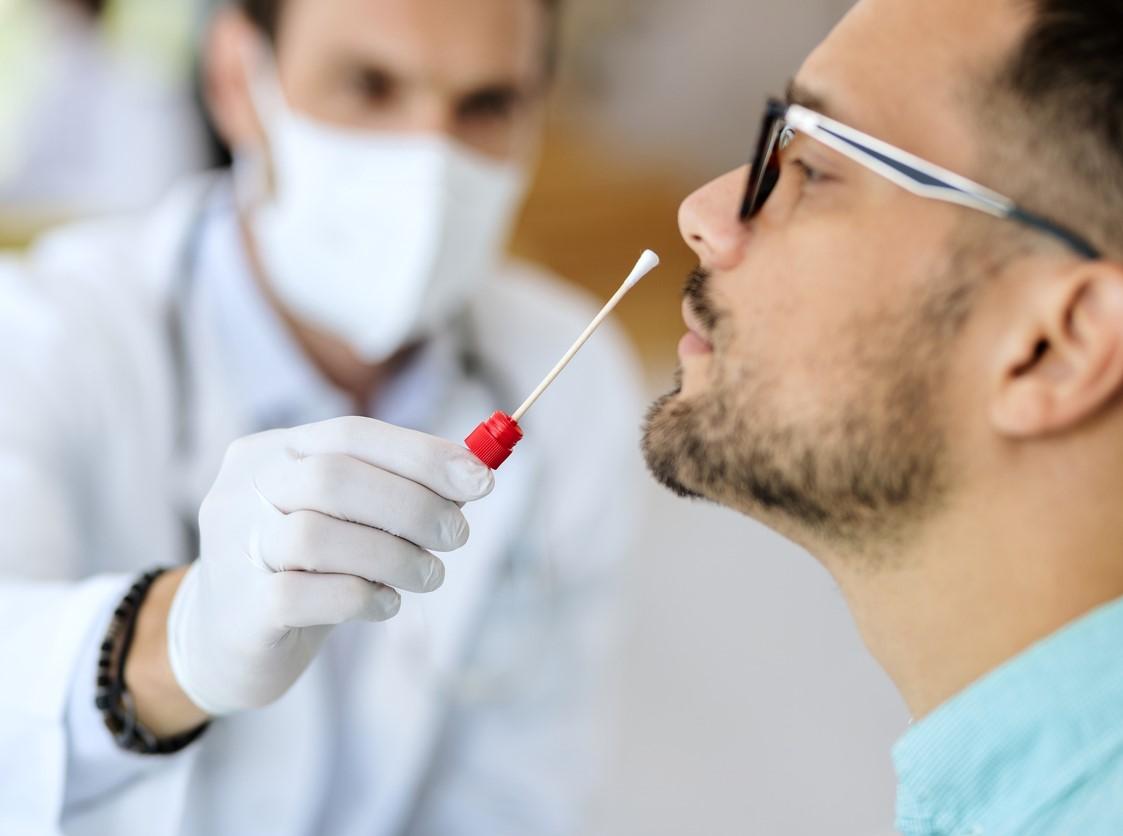
A nasal swab-based rapid test for methicillin-resistant Staphylococcus aureus (MRSA) helped reduce unnecessary antibiotic treatment in patients with pneumonia, Chinese researchers reported last week in Antimicrobial Resistance & Infection Control.
For the prospective study, which was conducted at a tertiary general hospital in China, researchers collected nasal swabs from 300 pneumonia patients and tested them with a rapid polymerase chain reaction (PCR) test for MRSA colonization. The aim of the study was to see whether rapid nasal-swab PCR testing for MRSA could help reduce anti-MRSA therapy, which is used in up to one-third of hospitalized pneumonia patients but is frequently unnecessary.
Half of the patients were assigned to the notification group (NG), in which attending clinicians were notified of test results, and the other half to the control group (CG). The primary outcome was the duration of MRSA-targeted antibiotics (vancomycin, linezolid, and teicoplanin). Secondary outcomes included adverse events, costs, and in-hospital mortality.
Shorter course of therapy in notification group
Rapid testing detected MRSA in 16 (5.3%) of the 300 patients. The average duration of anti-MRSA therapy in the NG was 5.7 days, compared with 7.9 days in the CG. NG patients had fewer renal injuries than CG patients (1.3% vs 8%), as well as lower antibiotic costs ($622 vs $882), and did not see an increase in in-hospital mortality (12.7% vs 16.7%).
The researchers also found that clinicians in the NG were more willing to change antibiotics than those in the CG (44.5% vs 14.7%) and that most stopped anti-MRSA treatment within 4 days, compared with 6 days in the CG. A multivariate analysis showed that being in the NG was an independent influencing factor for stopping anti-MRSA treatment within 4 days (odds ratio, 4.5; 95% confidence interval, 2.6 to 7.9).
"In conclusion, the nasal swab-based PCR screening method could help reduce unnecessary anti-MRSA treatment more quickly," the study authors wrote. "Early management of antimicrobials to reduce the experience of anti-MRSA drug treatment reduce the side effects of antibacterial drugs, and also help reduce the economic burden of antibiotic treatment."



